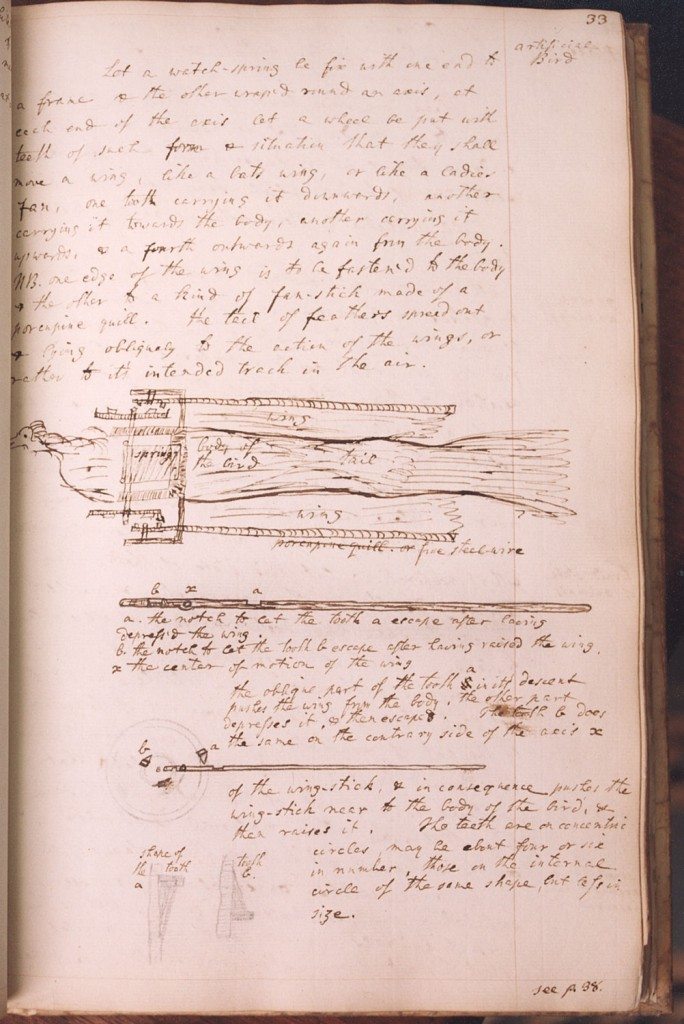Artificial bird. P.32, 38.
Photograph: David Remes (2003)
Darwin’s drawing of 1777 represents an artificial bird (a goose) with flapping wings
Let a watch-spring be fix[ed] with one end to the frame & the other wrap’d round an axis; at each end of the axis let a wheel be put with teeth of such form & situation that they shall move a wing, like a bat’s wing, or like a ladies fan, one tooth carrying it downwards, another carrying it towards the body, another carrying it upwards, & a fourth outwards again from the body. NB. One edge of the wing is to be fasten’d to the body & the other to a kind of fan-stick made of a porcupine quill. The tail of feathers spread out & lying obliquely to the action of the wings, or rather to its intended track in the air.
At first a small gunpowder motor was suggested as the in-flight rewinding mechanism, but later Darwin replaced it with a reservoir of compressed air.
Although the idea of a mechanical bird was by no means new, even towards the end of the 18th century there was still no satisfactory explanation of the mechanics of flight. Darwin’s description of a bird’s flight is very close to reality, and appears to be the first complete account of a power-plant and the necessary cycle of the wings’ movement.
« Previous in this sectionNext in this section »Continue browsing this section
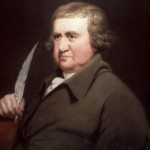 Erasmus Darwin’s Commonplace Book
Erasmus Darwin’s Commonplace Book
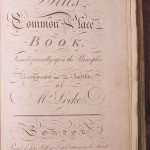 The Scope and Nature of Darwin’s Commonplace Book
The Scope and Nature of Darwin’s Commonplace Book
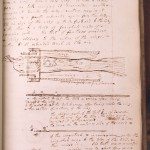 Artificial bird. P.32, 38.
Artificial bird. P.32, 38.
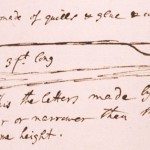 Bigrapher. P.53.
Bigrapher. P.53.
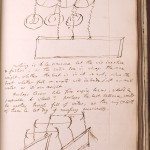 Canal lift. P.58-9.
Canal lift. P.58-9.
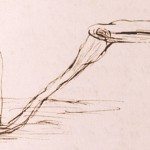 Diving bell with washed air, pneumatic. P.61.
Diving bell with washed air, pneumatic. P.61.
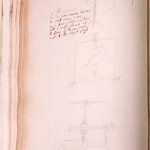 Polygrapher. P.78.
Polygrapher. P.78.
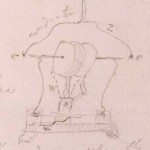 Electrical doubler. P.79.
Electrical doubler. P.79.
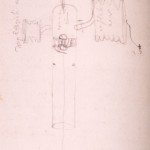 Rocket motor. P.82.
Rocket motor. P.82.



